Ask Ethan: Could The Big Rip Lead To Another Big Bang?
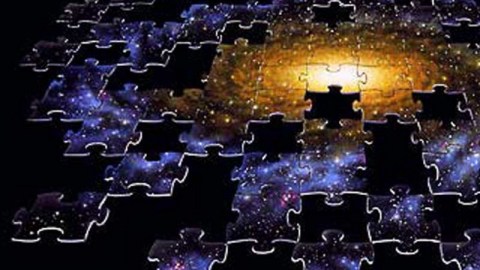
Instead of eternal expansion, could we just be part of a universal cosmic cycle?
There are few questions that can keep us up at night the way pondering the eventual fate of the entire cosmos can. The stars will burn out, be replaced by new ones, which themselves will burn out, on and on until the Universe runs out of fuel. Galaxies will merge together and eject matter, while the space between bound galaxies and groups and clusters will expand forever. Dark energy causes that expansion to not only be relentless, but to accelerate. Is that necessarily the end, though? Entering speculative territory, Justin Agustino di Paola wants to know:
Could the “big rip” lead to another “Big Bang”? When the universe expands fast enough to tear atoms apart then quarks… At this point would the universe create a quark-gluon soup?
Nothing less than the fate of the Universe is at stake.
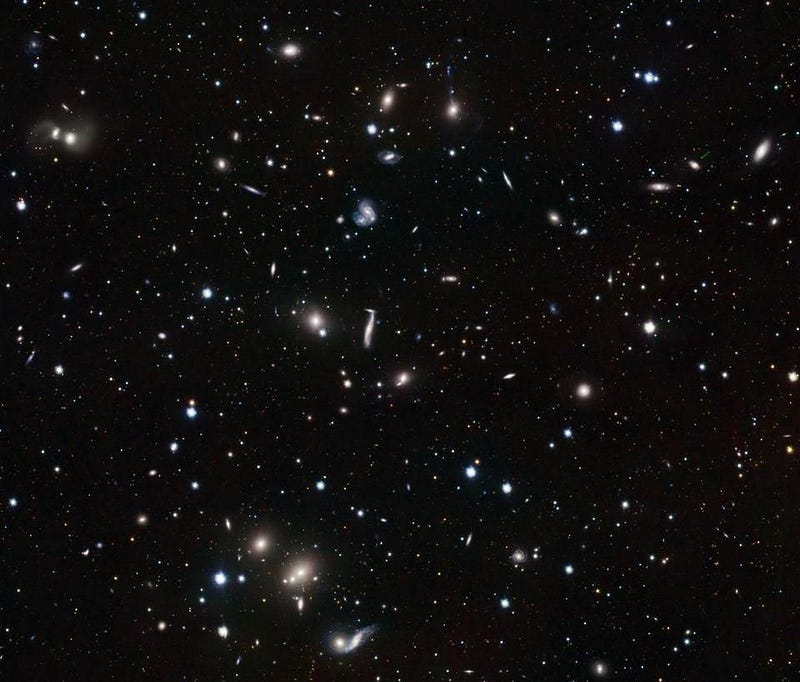
When you look at a distant galaxy at random in the Universe, the odds are extremely good that you’ll find its light is redder in color than the light you’d see from the stars within our own galaxy. Going back to the 1920s, scientists noticed a relationship that was true in general: the more distant a galaxy was from you, on average, the redder the light became. In the context of General Relativity, it was quickly understood that this was likely due to the fabric of space itself expanding as time went on.
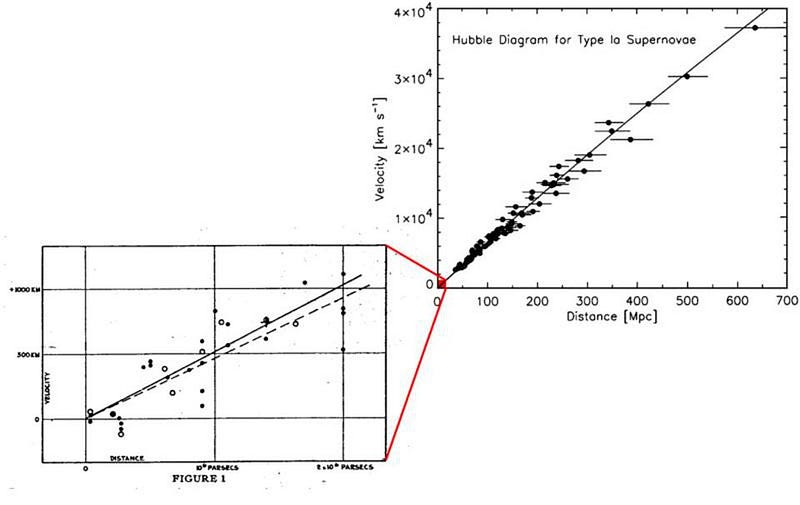
The next step, then, was to quantify exactly how fast the Universe was expanding, and how that expansion was changing over time. The reason this is so important, from a theoretical perspective, is that the expansion history of the Universe uniquely determines what’s in it. If you want to know what your Universe, on the largest scales, is made out of, measuring how the Universe has expanded over all of cosmic time is a surefire way to get there.
If your Universe is filled with matter, you expect the expansion rate will drop in proportion to how matter dilutes as the volume increases. If it’s filled with radiation, you expect the rate to drop more quickly, since the radiation itself redshifts and loses additional energy. A Universe with spatial curvature, cosmic strings, or energy inherent to space itself would evolve still differently, dependent on the ratios of all the various energy components.
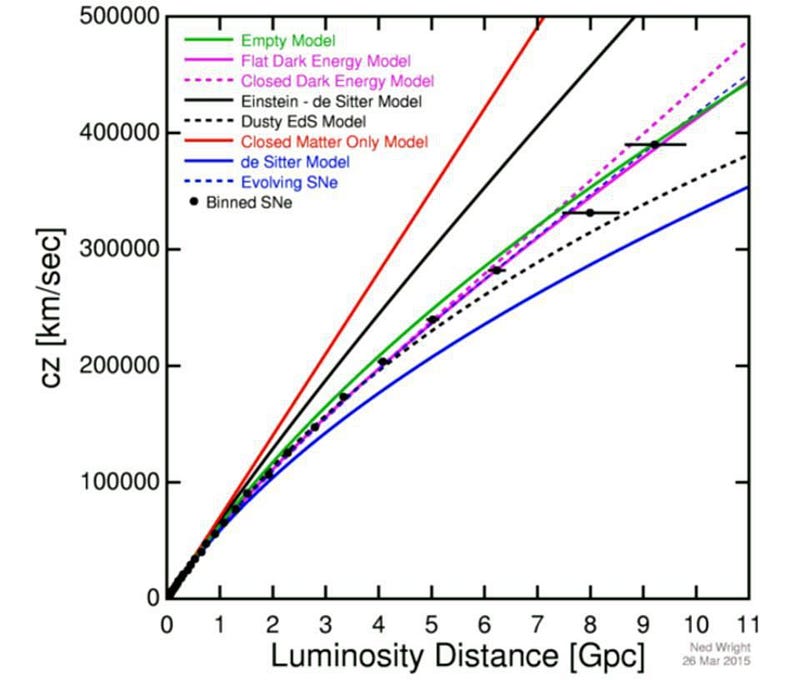
Based on the full suite of measurements we’ve been able to make, including of variable stars, different types and properties of galaxies, and type Ia supernovae, as well as from the cosmic microwave background and galaxy clustering and correlations, we’ve been able to accurately determine what the Universe is made up of. In particular, it consists of:
- 68% dark energy,
- 27% dark matter,
- 4.9% normal matter,
- 0.09% neutrinos, and
- 0.01% radiation,
with an uncertainty of just a few percent on each figure.
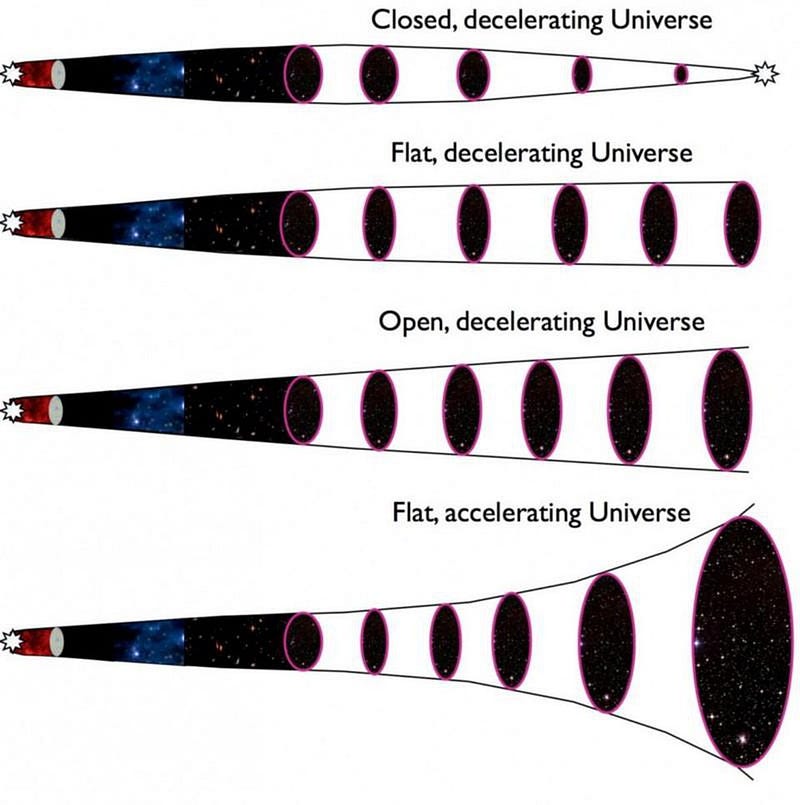
Our Universe being dominated by dark energy is particularly interesting, because this was a component of the Universe that didn’t have to exist, much less dominate. Yet here we are, 13.8 billion years after the Big Bang, living in a Universe where dark energy rules the expansion of the Universe.
There are many questions surrounding dark energy, including what its nature is, what causes it, and whether it’s a constant or will evolve over time. There’s a little bit of wiggle-room left, but all the observations are consistent with it being a cosmological constant. In other words, it appears to behave as though it’s a new form of energy, inherent to space itself. As the Universe expands, it creates new space, all of which contains that same, uniform amount of dark energy.
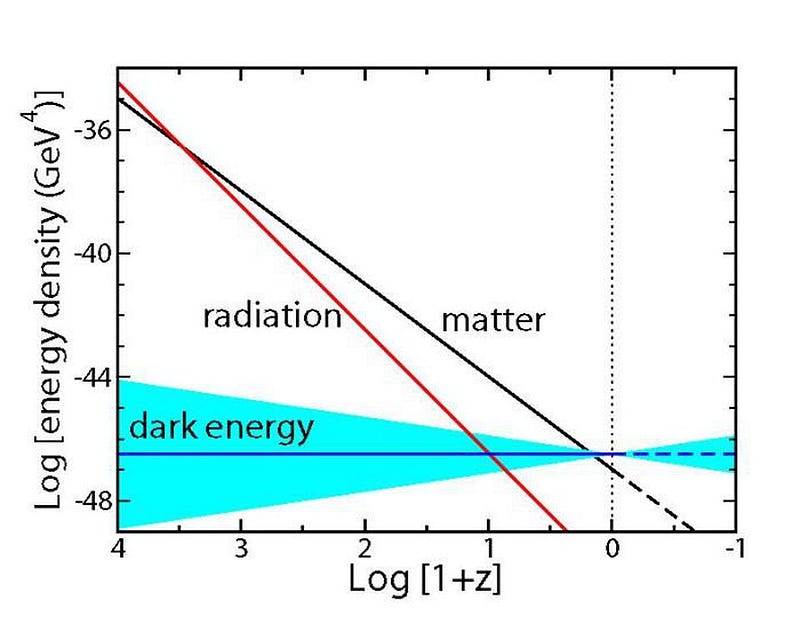
That’s the current favored picture, at any rate. From a theoretical perspective, there are a number of known ways to generate a cosmological constant, and so that explanation — so long as the data is consistent with it — is likely to remain favored. But there’s no reason why dark energy couldn’t be something more complicated than that.
It could be something that dilutes with time, getting less and less dense, albeit slightly. It could be something that reverses sign in the far future, leading to the recollapse of the Universe in a Big Crunch. Or it could be something that gets stronger with time, causing the Universe to expand at a faster and faster rate as time goes on. It’s this last possibility that leads to the Big Rip scenario.
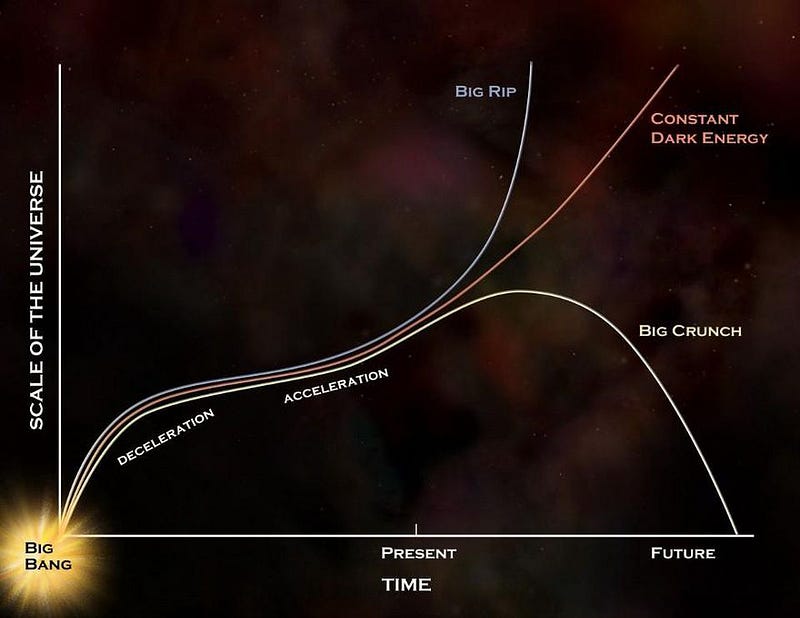
When we talk about any component of energy in the Universe, we talk about its equation-of-state, which describes how it evolves over time in the Universe. Astrophysicists designate the parameter w for this purpose, where w = 0 corresponds to matter, w = 1/3 corresponds to radiation, and w = -1 corresponds to a cosmological constant.
Dark energy appears to have w = -1, but there is some wiggle room there. For example, a new paper out from the Subaru Hyper Suprime-Cam collaboration has released new constraints on the dark energy equation of state. While it appears to be very consistent with w = -1, there is some suggestion that it could be slightly more negative than that. If it actually is — if it turns out that w < -1 instead of equaling it — then the Big Rip is inevitable.
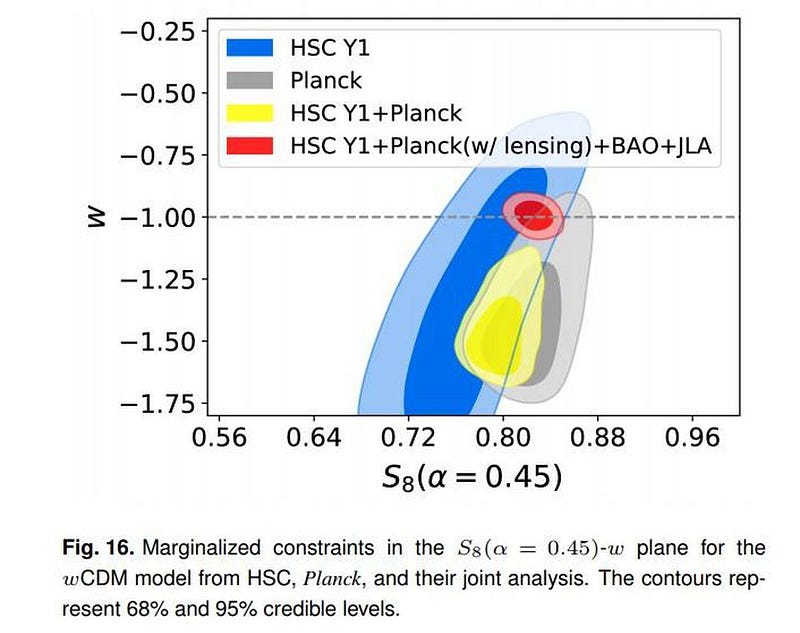
If the Big Rip is real, then not only is the Universe expanding (which happens irrespective of dark energy), and not only will distant objects appear to accelerate away from us at increasingly faster and faster rates as time goes on (which happens because of dark energy), but objects which are bound together through any of the fundamental forces will eventually be ripped apart by the ever-increasing strength of dark energy.
Many billions of years in the future, our local group will see the stars at the outskirts get flung into space, as they become unbound from the gravity of our far future galaxy: Milkdromeda. As time goes on, more and more stars will be flung outward, eventually eliminating the structure we know as the galaxy and transforming us into a collection of billions of unbound stars and stellar corpses.
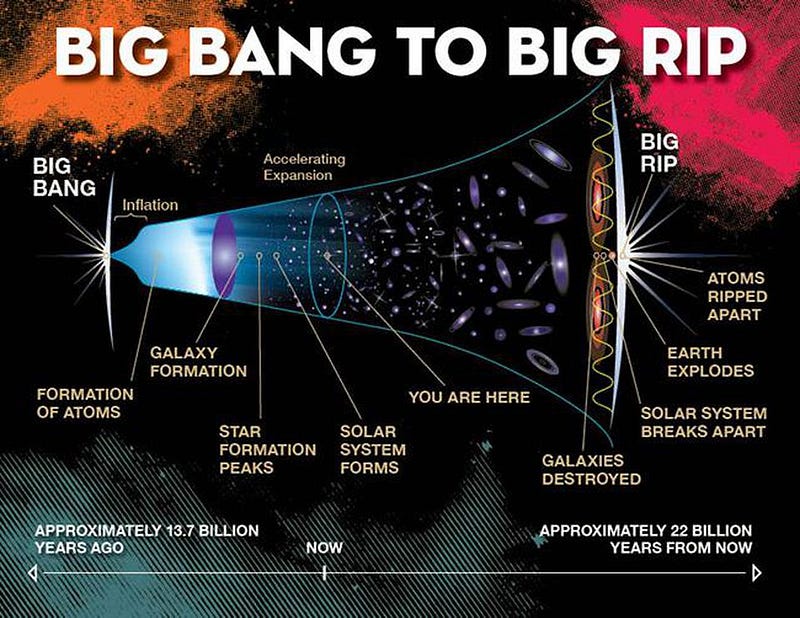
As time goes on, planets will get ejected from their solar systems as dark energy continues to strengthen, and then even planets themselves will be torn apart. In the very final moments, objects held together by atomic and molecular forces will be ripped apart, electrons will be stripped from their atoms, atomic nuclei will be broken apart, and even quarks themselves will be separated from one another. If there are anything comprising quarks, they’ll be ripped apart, too.
If the Big Rip is correct, everything in the Universe will be reduced to its most fundamental constituents, in some strange parallel to the earliest stages of the Big Bang.
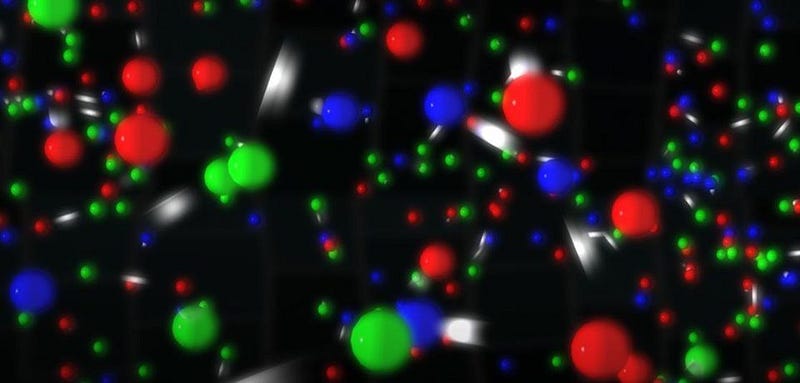
But this is a very different quark-gluon plasma from the one at the start of the Big Bang. For one, the Big Bang is characterized by a hot and dense state, but the Big Rip will be an extremely cold and sparse one. For another, the Big Bang is characterized by all the matter and energy in the Universe being compressed into a tiny volume of space, but in the Big Rip, it will be spread out over trillions of light years. And for yet another, the Big Bang represents a state of rather low entropy, but the entropy will be some 10³⁵ times larger at the Big Rip than it was at the Big Bang.
But, there still is a hope.
It’s possible that dark energy, if it leads to the Big Rip, could recycle the Universe. If dark energy increases in strength, this really is energy inherent to the fabric of space itself, and could be completely analogous with an early period in our Universe’s history where space expanded at an incredible rate: cosmic inflation. Inflation removes all the pre-existing matter and energy from the Universe, leaving only the fabric of space itself behind. After a period of inflation, that energy somehow gets converted into particles, antiparticles and radiation, and leads to the hot Big Bang. This scenario has been explored before, and is known as a rejuvenated Universe.
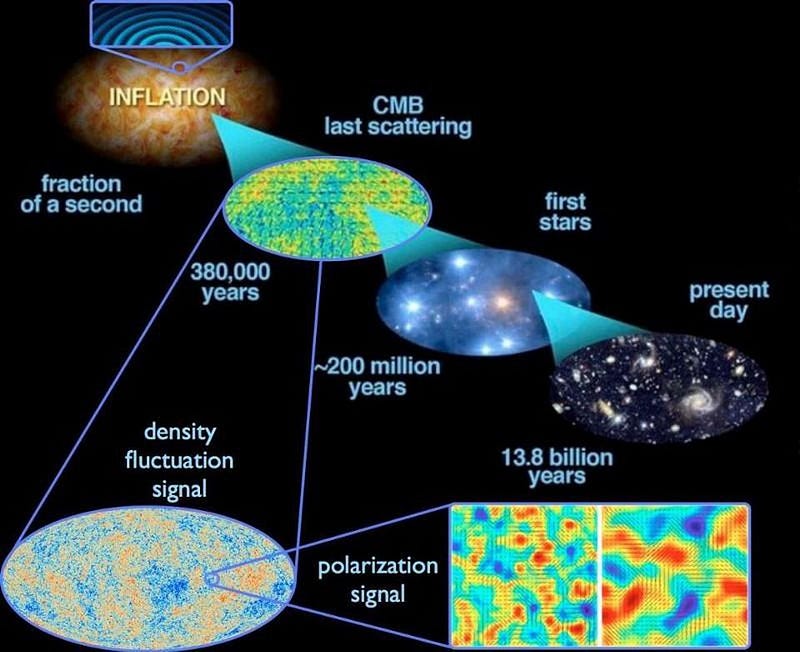
If the Big Rip is true, it should simply tear all the matter apart, leading to a very empty Universe with a large amount of energy inherent to space itself. If we extrapolate this arbitrarily far, to the highest energies imaginable, space itself will tear apart, which is why it’s called the Big Rip. But perhaps there’s a cutoff, and perhaps there’s another transition in store. If this is what our Universe is headed towards, then the Big Rip might not be the last thing that ever happens; instead, it might be a precursor to the birth of a brand new Universe.
Perhaps it’s actually the case that, as J.M. Barrie put it, “All of this has happened before, and it will all happen again.”
Send in your Ask Ethan questions to startswithabang at gmail dot com!
Ethan Siegel is the author of Beyond the Galaxy and Treknology. You can pre-order his third book, currently in development: the Encyclopaedia Cosmologica.




